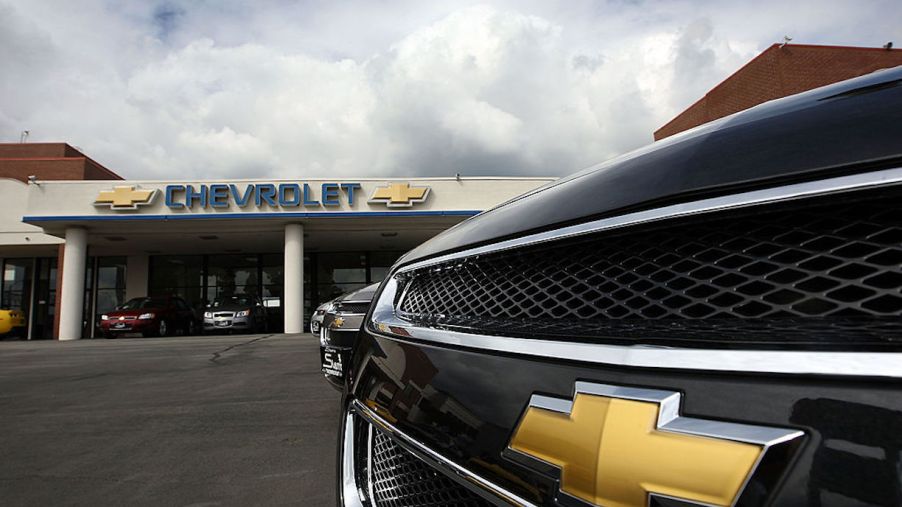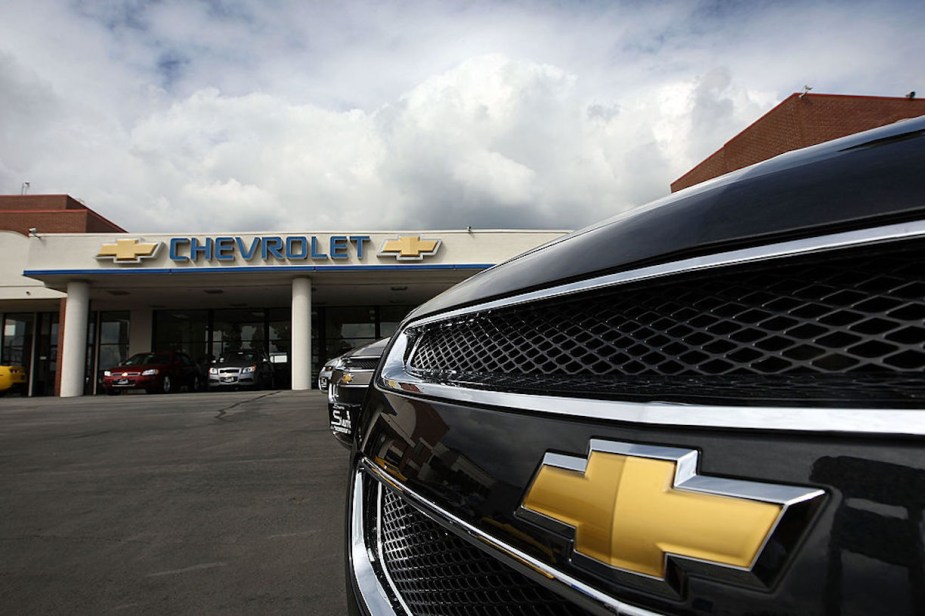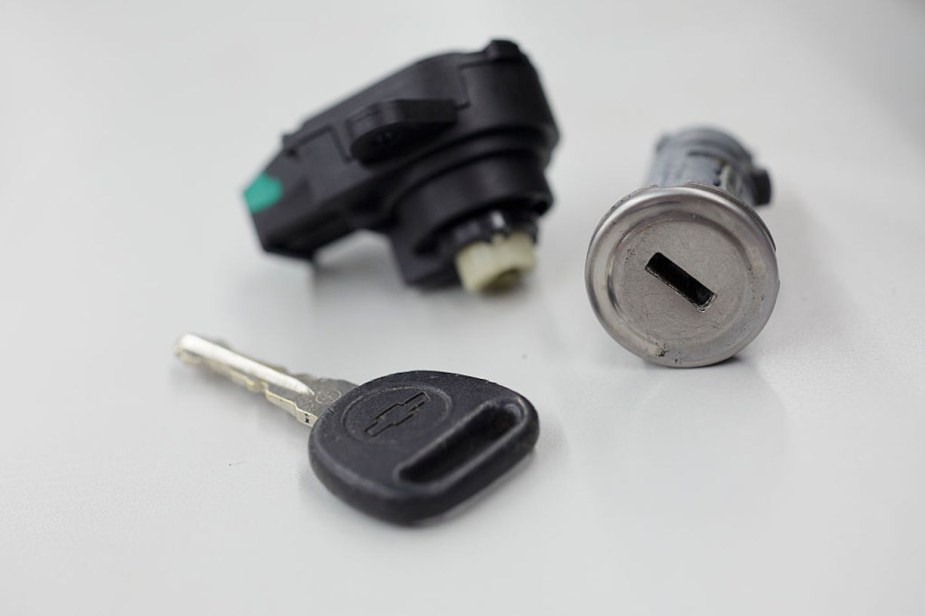
GM Took 10 Years and 100 Deaths to Issue 1 Recall
It took 10 years and 100 deaths since 2005 before General Motors caved and finally issued a recall in 2014. It was for a variety of small cars including the Chevrolet Cobalt defective ignition switch, and it took in 2.6 million of them. The switch would shut off the engine, which meant the airbags also were off while driving. And since 2003, GM was well aware of the problem, according to court records.
What was GM’s reason for taking so long to issue a recall?

Was the reason for the delinquency the cost to replace the switches? Congress and federal agencies both investigated to find out. One reason GM finally issued the recall was when current CEO Mary Barra became head of the corporation in 2014. Appearing before Congress, she admitted it “had more of a cost culture, and now we have a customer culture that focuses on safety and quality.”
In 2014 alone, the corporation issued recalls for 30.1 million vehicles. But the faulty ignition switches affected not only the Cobalt, but the Chevy HHR, Saturn Ion and Sky, Pontiac G5, and Solstice built between 2003 and 2011. All cars built after 2008 received a different ignition switch. Unfortunately, GM’s parts system assigned the same part number for the new ones. So those cars needed them replaced again.
Why were the Cobalt ignition switches faulty?

The ignition switch could accidentally be switched to the “Accessory” or the “Off” position. One cause was a heavier keychain. With the engine off, everything else shuts off like the brakes, power steering, and airbags. But others claimed that the ignition switch would shut off if the car hit abrupt bumps in the road.
GM started an investigation in 2003, but it was canceled by March 2005. The reason was that engineers said it would cost GM too much. Reuters was able to see emails from this period and found that new ignition switches would cost GM under one dollar each. Then in April 2006, a new ignition switch was approved for 2008 models. Once the part entered GM’s parts system, it carried the same part number as the defective switch.
When did GM finally issue a recall?

The NHTSA first became aware of a death from a 2005 Cobalt faulty ignition in 2007. Then a person was found to have been killed in 2010 from a faulty Cobalt ignition. A law firm began finding accidents in different parts of the U.S. under similar circumstances.
In 2012, GM finally admitted to four deaths linked to the switch in 2004 Saturn Ions. The next year, they increased their awareness to 31 crashes and 13 deaths. Finally, in January 2014 a formal recall was issued.
When the Washington Post did its expose in 2015, it found that the part cost under $10, and took under an hour to replace. So GM’s once claim of it being too costly to deal with was specious. GM might have looked at it differently.
Why didn’t the NHTSA demand a recall sooner?

From a corporate standpoint, a new ignition switch cost the company 90 cents, but only saved under 15 cents in warranty costs. But it appears GM didn’t factor in potential litigation. Another factor was the NHTSA’s footdragging over the issue. The agency investigated and then closed several investigations because it “couldn’t identify a discernible trend.” But the NHTSA has blamed GM for not being forthcoming with the information it had. In the end, the NHTSA fined GM $35 million.
GM terminated 15 employees with five others disciplined in 2014. It also made available $550 million for victim compensation. According to Vox, so far the recall has cost the corporation almost $2 billion.



